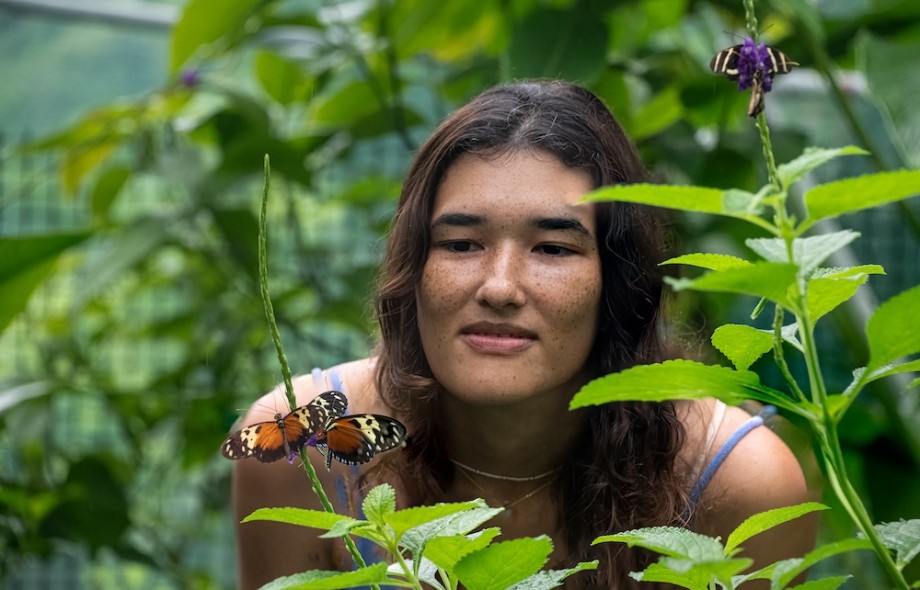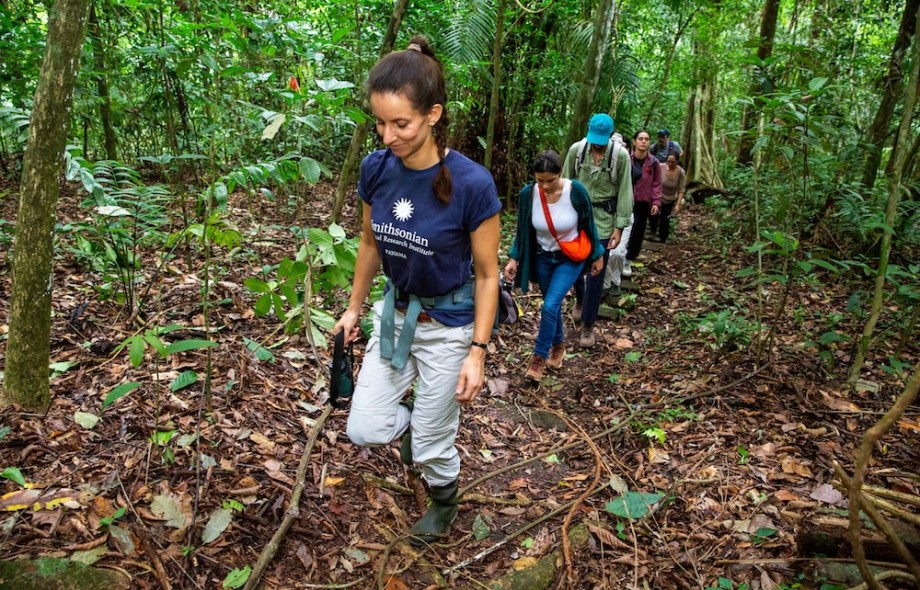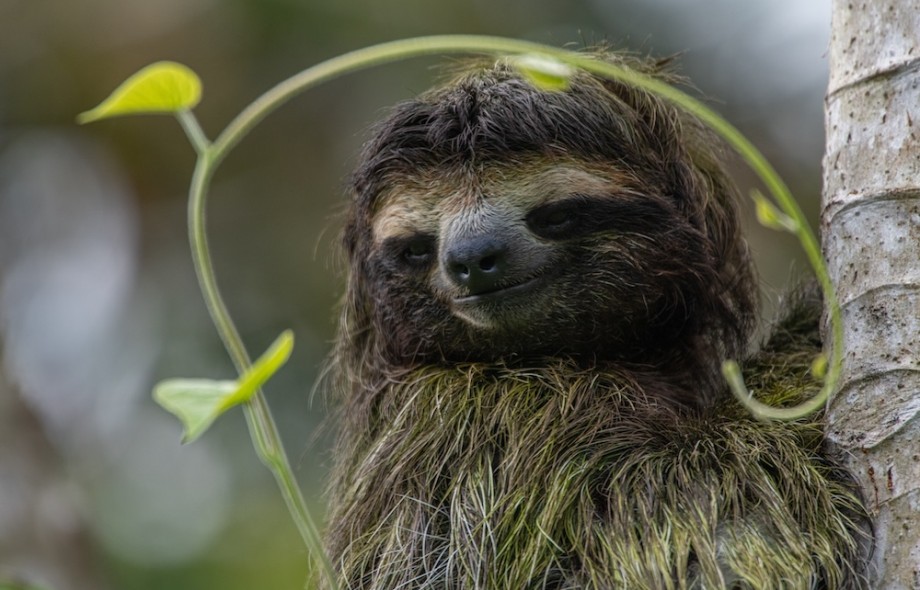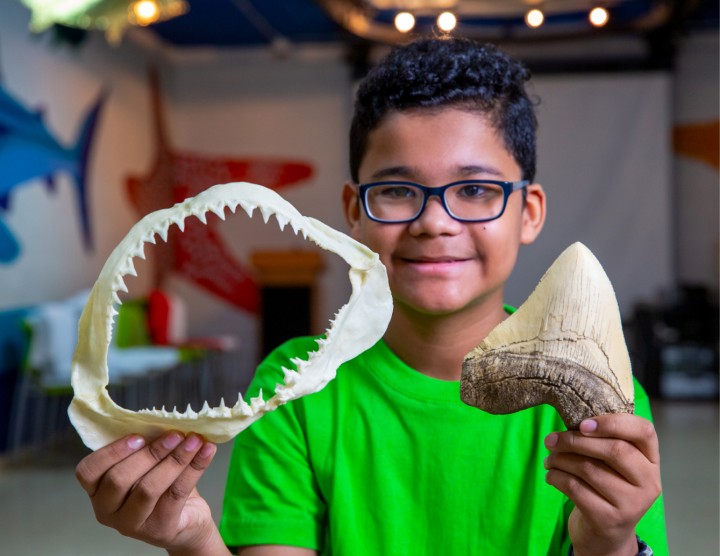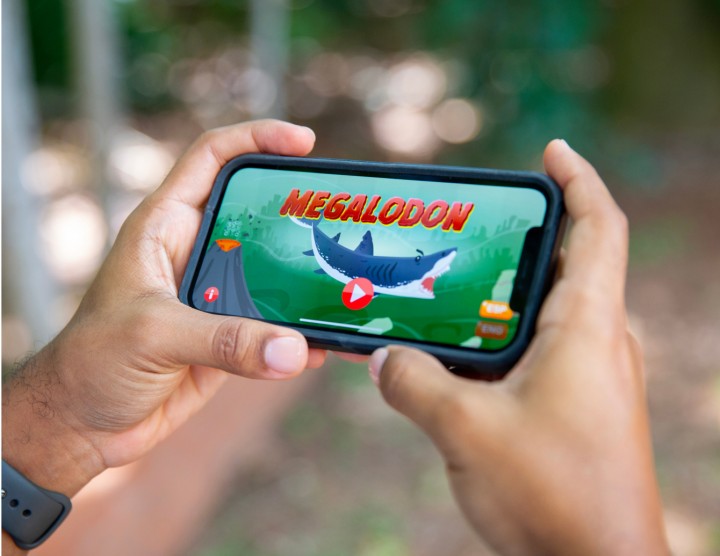
Q?Digital
Open your virtual world
to a learning experience
that brings science to your home

Fabulous
Frogs of
Panama
Come meet some of Panama’s
amazing and endangered frogs
at Punta Culebra Nature Center

You are here
Discover Tropical Nature at the Smithsonian!
The Smithsonian Tropical Research Institute (STRI) invites you to dive into the amazing world of tropical science through fun, hands-on activities and exciting adventures! Whether you're exploring the rainforest, joining a workshop, or learning about wildlife through our exhibits, there's something for everyone to enjoy.
Our programs are all about connecting people of all ages with tropical biodiversity and inspire a love and curiosity for science and nature.
Come explore and find the scientist in you!
Our Stations
STRI’s public program stations are gateways to environmental education and exploration. Located in Panama’s diverse tropical habitats, these sites offer guided tours, interactive exhibits, and fun activities that bring science and conservation to life. By connecting with local communities and visitors, STRI helps inspire a deeper appreciation for tropical biodiversity.
Punta Culebra Nature Center
Located at the Pacific entrance to the Panama Canal, Punta Culebra is dedicated to the exploration of the natural world through science. The center offers a mix of marine and amphibian exhibits, walking trails, interactive and recreational spaces, all in a spectacular setting just minutes away from Panama City.
Barro Colorado Island
Step into one of the most studied tropical rainforests in the world with a guided day tour of Barro Colorado Island. Located in the middle of the Panama Canal, this scientific station offers a rare opportunity to explore pristine forest, spot wildlife, and learn about groundbreaking research—all in one unforgettable day.
Bocas del Toro Research Station
A living laboratory on Colón Island, the Bocas del Toro Research Station gives scientists and students front-row access to one of the most biodiverse marine and terrestrial environments in the region.
Our Education Programs
The Smithsonian seeks to spark a love for science with fun, research-backed digital resources for children ages 7–14, as well as parents, teachers, and caregivers. From videos to games to hands-on activities, there’s something for every learner.
Q?rioso
Inspired by the Q?rius space at the Smithsonian Museum of Natural History (NMNH) in Washington DC, Q?rioso is a science learning space filled with artifacts, scientific tools, and pieces donated by scientists that spark curiosity among children and adults.
Q?Digital
We combine Q?rioso and Q?Bus content, Smithsonian science, and digital programming, to offer an interactive, fun digital learning experience for children, parents, and educators through videos and games that can be accessed on computers, tablets, or cellphones.
Q?Bus
An interactive learning program that supports innate curiosity in students and their communities, Q?Bus transports our guides, scientific tools, researchers, and collections to schools and communities to remove logistical and economic barriers to science knowledge.
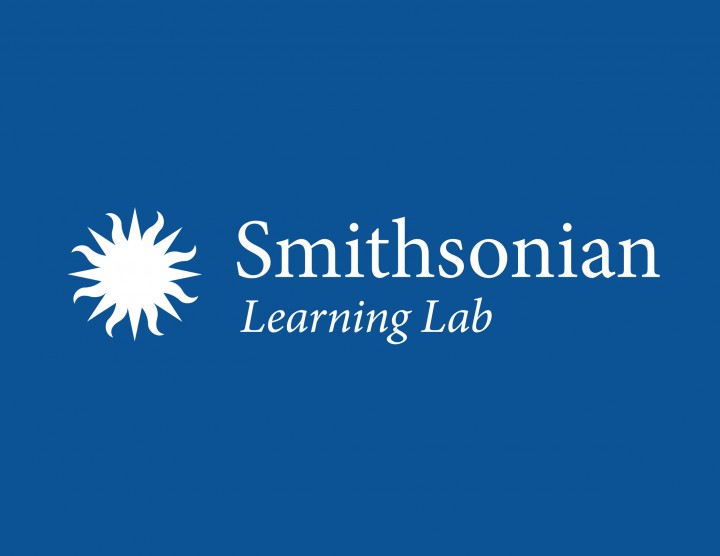
Smithsonian Learning Lab
Educators from all units of the Smithsonian Institution came together to create a variety of online learning resources for teachers, parents, and children.
This activity board presents learning opportunities in English / Spanish with practical and technological tools.
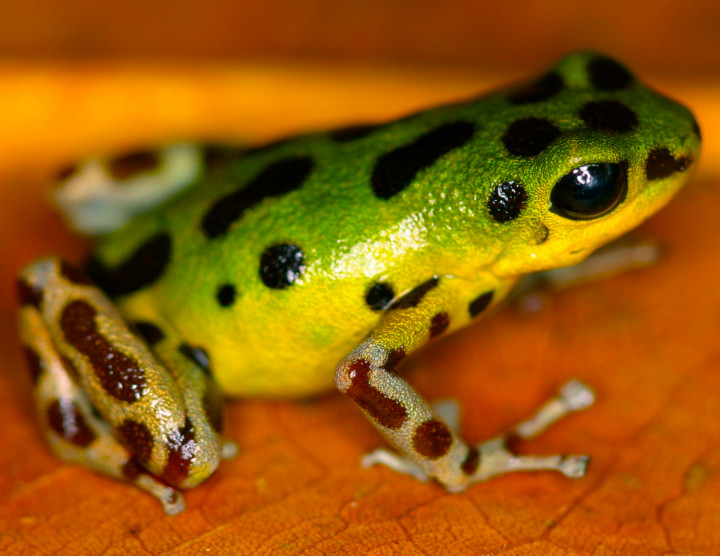
Fabulous Frogs of Panama
Here you will find several inquiry-based lesson plans about Panamanian amphibians that fit into a standard science curriculum. You can use them as stand-alone activities, or as an introduction to the amphibian exhibits at Punta Culebra Nature Center in Panama City. The exhibits display many frog species native to Panama in replicas of their natural habitat, and feature ongoing research and conservation efforts in Panama. These activities encompass a variety of age and ability levels, and introduce students to key concepts covering natural history, the amphibian life cycle, and conservation. Please check the drop-down menu that says “Education” for a list of these activities.
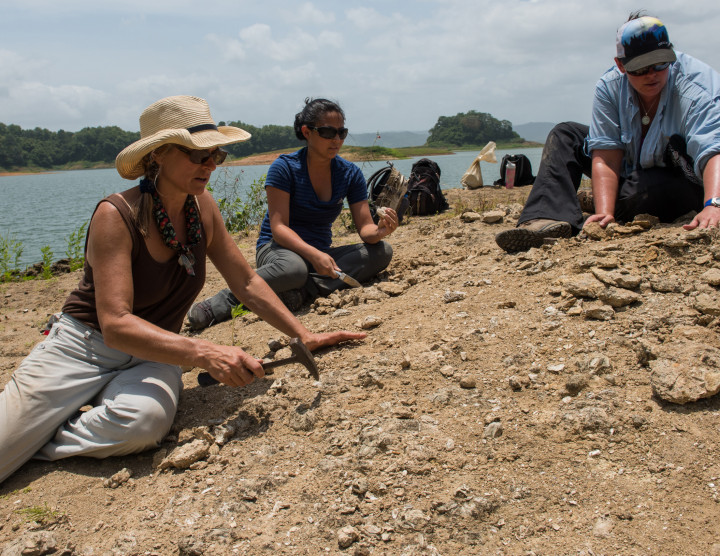
Science takes wings
In cooperation with Audubon Arizona and Arizona State University we created a fun bird identification game for learners of all ages. Learn the songs of 10 common birds found in Panama. Then head outside to discover how many of the birds you can hear in your own backyard or nearby park or green space.
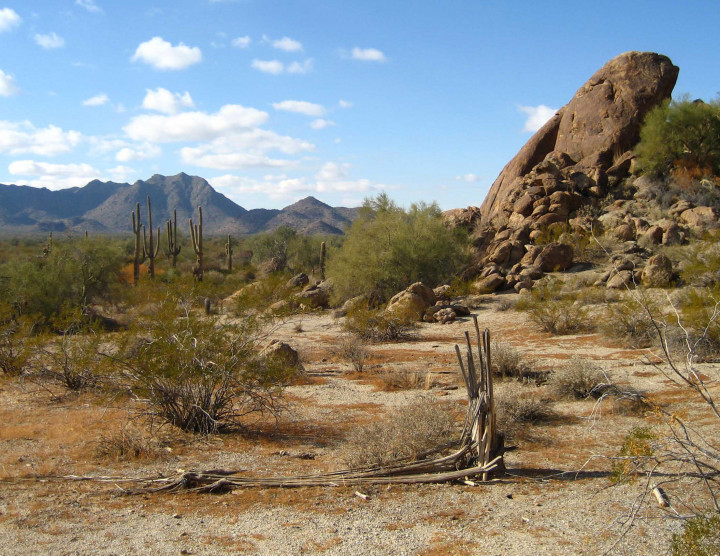
Desert to rainforest
Desert to Rainforest is a middle school learning experience for diverse cultures and habitats in Arizona and Panama. This curriculum was originally created for school groups in Arizona and Panama. It aims to teach middle school children about deserts and tropical rainforests, the unique plant and animal diversity found in each ecosystem, and how organisms have adapted to life in these very distinct environments. Feel free to adapt and use in your own classrooms!
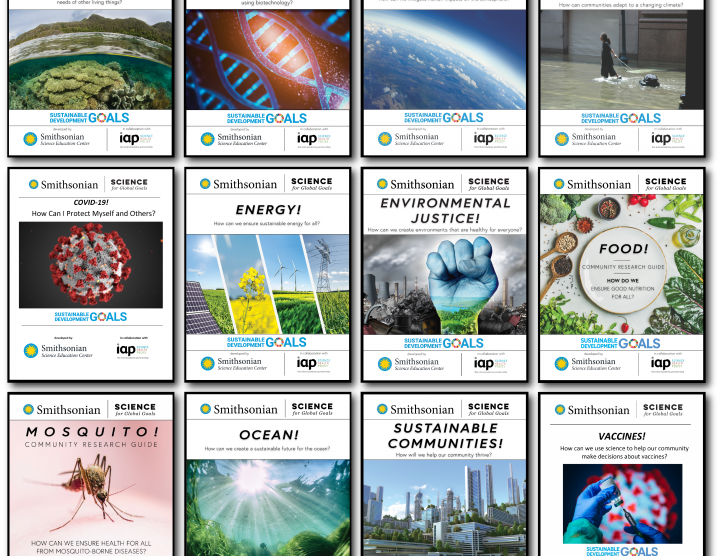
Smithsonian Science for Global Goals
A series of freely available research guides for students, ages 11-18 to understand the world’s most pressing issues and to become agents for change in their own communities. With these guides young people use their communities as their laboratory to investigate the science that underlies the United Nations Sustainable Development Goals(SDGs).
School programs
One of the goals of the Smithsonian Tropical Research Institute is to inspire curiosity and wonder about the natural world through the lens of science. We offer school groups field trips to our nature center and research stations. Students learn about the wildlife in their own backyard through hands-on educational activities and guided tours. Our activities are designed to complement and reinforce the content students’ are learning in the classroom.
For Educators
The Smithsonian Tropical Research Institute offers annual professional development workshops taught by a team of scientists and science educators. The workshops are designed to provide an intensive science rich experience for pre-service and in-service science teachers in Panama. Participating teachers engage in scientific practices that deepen their understanding of evolution, tropical ecology and biodiversity. They also learn practical ways to teach concepts and explore activities suitable for students at a variety of grade levels.
Events
The Smithsonian Tropical Research Institute organizes a variety of educational events and celebrations across Panama each year for families, kids and adults. Whether celebrating National Golden Frog Day, documenting biodiversity in a bioblitz in Bocas Del Toro, or showcasing ocean science throughout Oceans Month, all our events are guaranteed to be fun.
Smithsonian Affiliates
There are over 200 Smithsonian Affiliate organizations in the United States, Puerto Rico, and two in Panama, the Biomuseo and the Panama Interoceanic Canal Museum. Together, they help preserve our heritage, expand knowledge, and inspire learning.
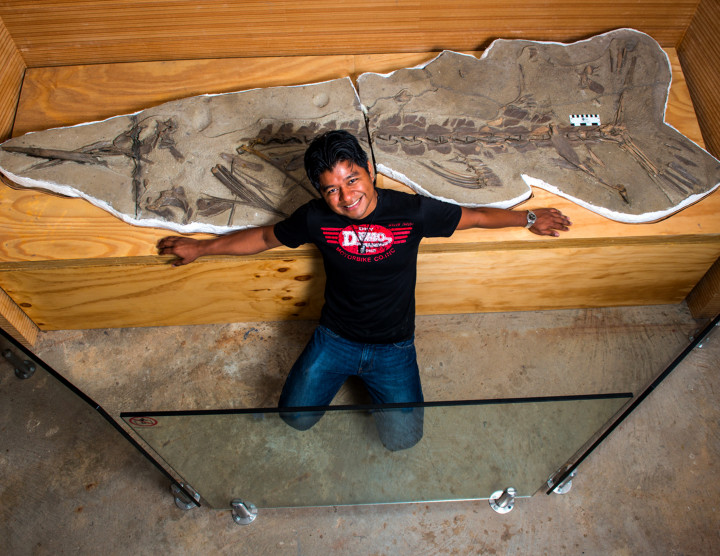
Giant Sharks, Tiny Camels at the Biomuseo
The massive earthworks of the recently completed Panama Canal expansion was an unprecedented opportunity to dive into the fossil history of the land bridge between North and South America. From 2007 to 2012, field crews from STRI, the University of Florida and the New Mexico Museum of Natural History collected fossils formed as long as 20 million years ago. The fruits of their labor on display at Panama’s Biomuseo.
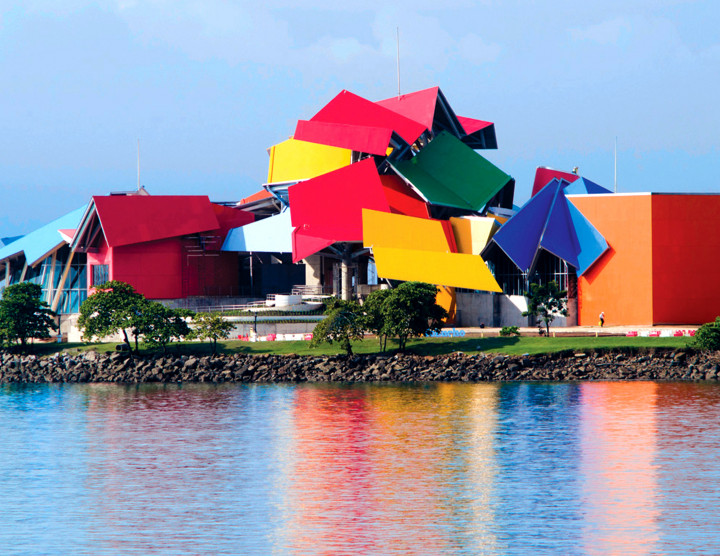
Biomuseo
Designed by world-renowned architect Frank Gehry, the Biomuseo features eight galleries that reveal the origin of the Panamanian isthmus and its impact on the planet’s biodiversity. Smithsonian research in Panama was integral to the museum’s permanent exhibits.
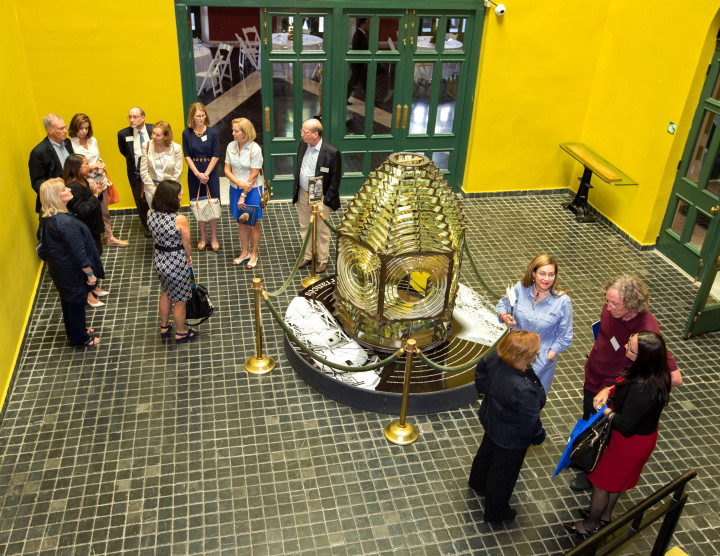
Panama Interoceanic Canal Museum
The Panama Canal Museum chronicles the history of the construction of the Panama Canal from the ill-fated French attempt in the late 1800s to its completion by the United State in 1914 and its transfer to Panama, which culminated in 1999. Housed a former hotel that served as the base of the French canal construction, the museum is located in the city's old quarter — Panama City’s Casco Viejo.
